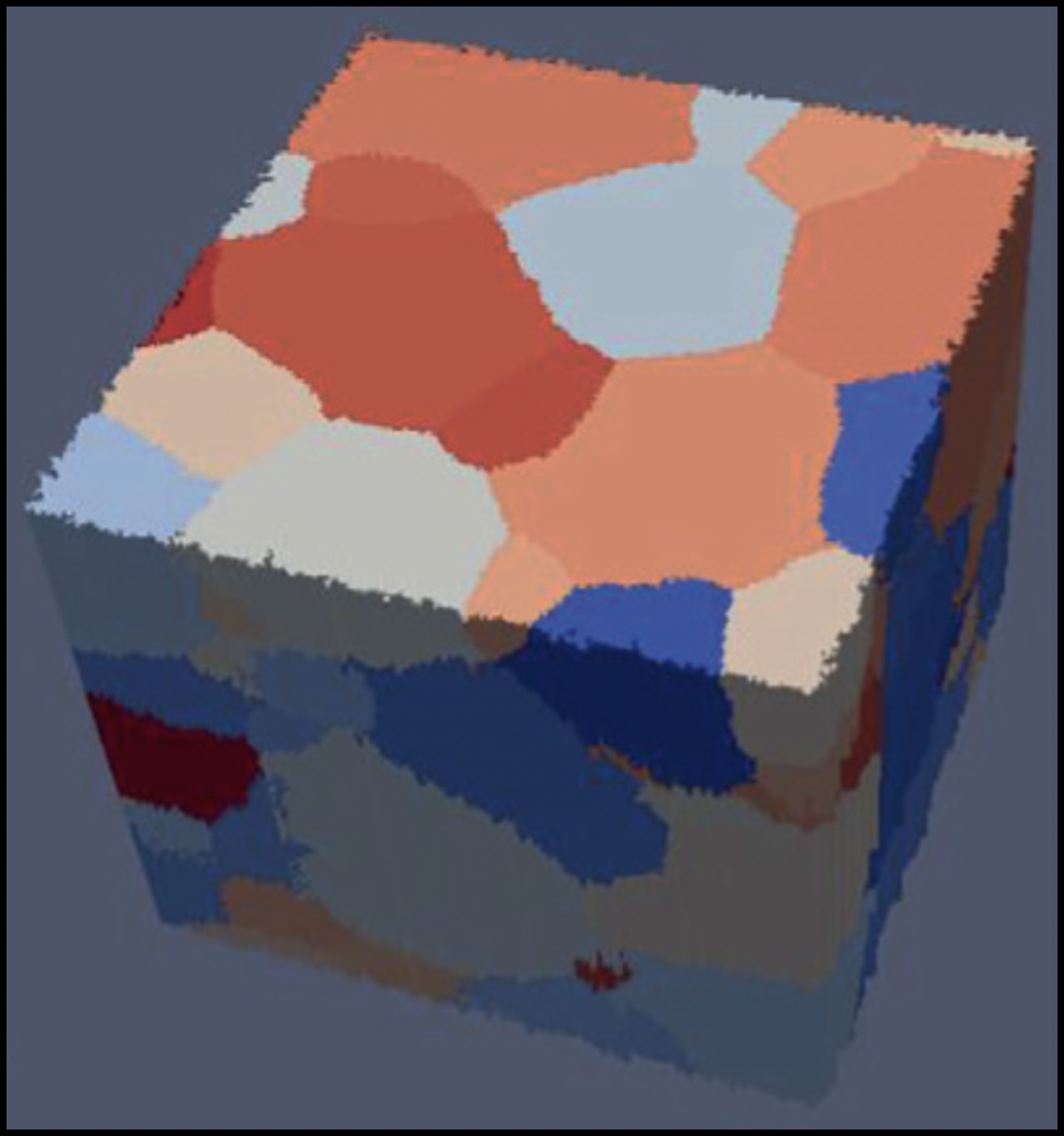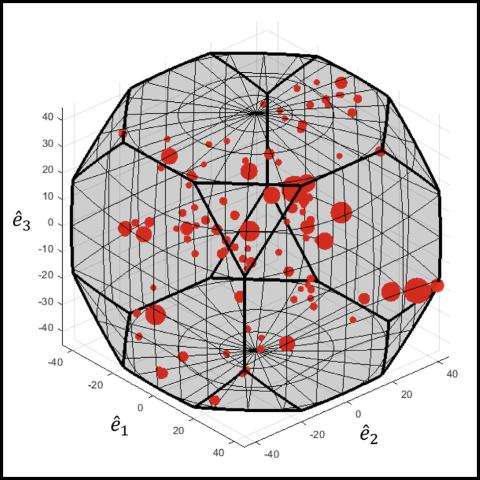To realize the full potential of multi-scale modeling, integrated computational materials engineering (ICME), and the materials genome initiative (MGI), especially in regards to structural materials, typically requires knowledge of single crystal elastic constants. While electron density functional theory (DFT) modeling can make predictions of these properties, it is challenging to make such first-principles calculations of properties for so-called high/medium entropy alloys (HEA/MEA), compositionally complex alloys (CCA), or even modern commercial alloys which often involve five or more constituents. Furthermore, the DFT predictions of such complex alloys have to be validated for which experimental data are required. This work provides a framework by which the single crystal elastic constants (SECs) of complex alloys can be determined experimentally in a straightforward manner.
Importance
Elastic stiffness coefficients are one of the most fundamental material constants that govern the response of a material when subjected to mechanical loading. While most structural alloys exhibit microstructure-insensitive elastic moduli, there are exceptions e.g. metastable β-Ti alloys; their elastic stiffness is strongly composition/microstructure sensitive and can be tailored. For this reason, they have been widely considered for orthopedic biomedical applications, for which precise combinations of low stiffness and high strength are often desirable.
Need for CHEXS Experimental Capabilities
High Energy Diffraction Microscopy enables assessment of the 3D microstructure (grain size, shape and spatial arrangement) as well as the complete (6 components) elastic strain tensor and crystallographic orientation of each grain in the gauge volume of a polycrystalline aggregate. Provided the SECs are known, this elastic strain and orientation data from individual grains can be used to compute the grain-level stress tensor.

Funding
The data for this research was collected at the Center for High Energy X-ray Sciences (CHEXS) which is supported by the National Science Foundation under award DMR-1829070. The research at UVA was sponsored by the Army Research Laboratory under Cooperative Agreement Number W911NF-15-2-0025. ADR acknowledges support from the US Dept. of Energy, National Nuclear Security Agency through grant DE-NA0002918.
Reference:
Jishnu J Bhattacharyyaa, Sriramya Nair, Darren C Pagan, Vahid Tari, Anthony D Rollett, Sean R Agnewa In-situ high energy X-ray diffraction study of the elastic response of a metastable β-titanium alloy Acta Materialia 197, 300 (2020). DOI: 10.1016/j.actamat.2020.07.050
